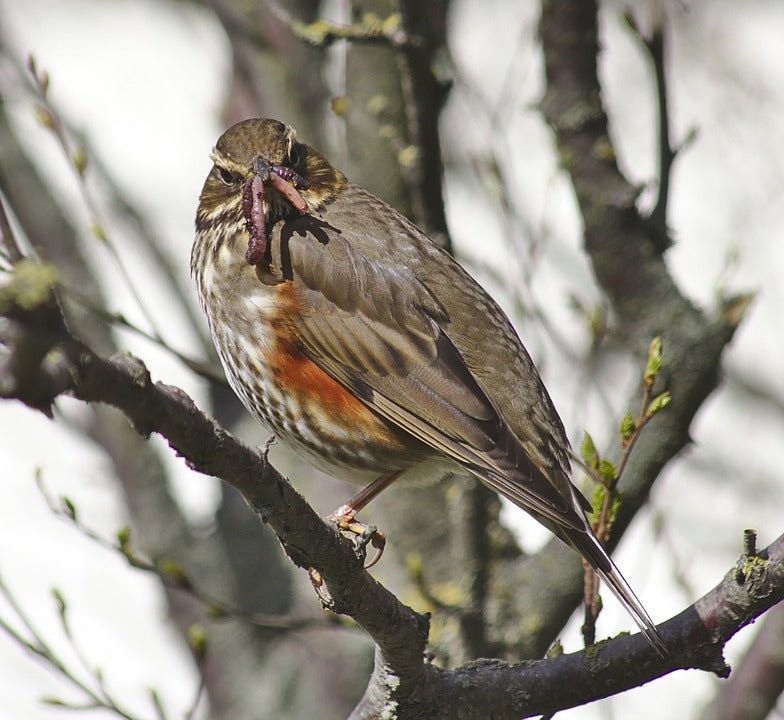Offer
Provide additional details about the offer you're running.
Provide additional details about the offer you're running.
Provide additional details about the offer you're running.

While the Great Backyard Bird Count has come to a close for 2016, we are already hearing bits and pieces of different sightings being reported around the globe. While submissions are still being totaled until March 1st, organizers have released some data on the GBBC website and through the eBird portal.
This fall and winter have already proven to be an exciting one as many birders were treated to a glimpse of misplaced birds all over North America. And with that in mind, many of us were and are still interested in exploring the final round of data from this year’s count, particularly because of a couple of weather patterns we are currently experiencing and likely won’t see again for some time.
On the western coast of North America, many residents and birders are experiencing El Niño or the warm phase of the El Niño Southern Oscillation (ENSO). This condition is associated with a band of warm water that develops in the central and east-central equatorial Pacific Ocean and happens at intervals of two to seven years and can last for up to two years.
This year’s GBBC uncovered a very unlikely guest to British Columbia when a Redwing was spotted, a first British Columbia record for the species during the GBBC. The Redwing is a member of the thrush family and a distant cousin of the American Robin. These birds traditionally are found primarily in Europe and Asia, but have been known to appear on both coasts of Canada and Alaska in past years. Many have placed the blame on El Niño for this vagrancy and the bird is believed to have traveled across the North Pacific from Siberia.
On the east coast, we are treated to what is often referred to as El Niño’s Atlantic Sister – the North Atlantic Oscillation (NAO). The condition takes place in the North Atlantic Ocean and is comprised of a series of fluctuations in the difference of atmospheric pressure at sea level between different geographical stations.
This time on the east coast of Canada, in Nova Scotia, another Redwing was recorded in this year’s GBBC. These birds are a more regular visitor to the east coast of Canada – showing up a couple times every decade. This year’s Redwing, however, is thought to have been guided across the Atlantic via a pattern of easterly winds care of the NAO.
High Quality Blend